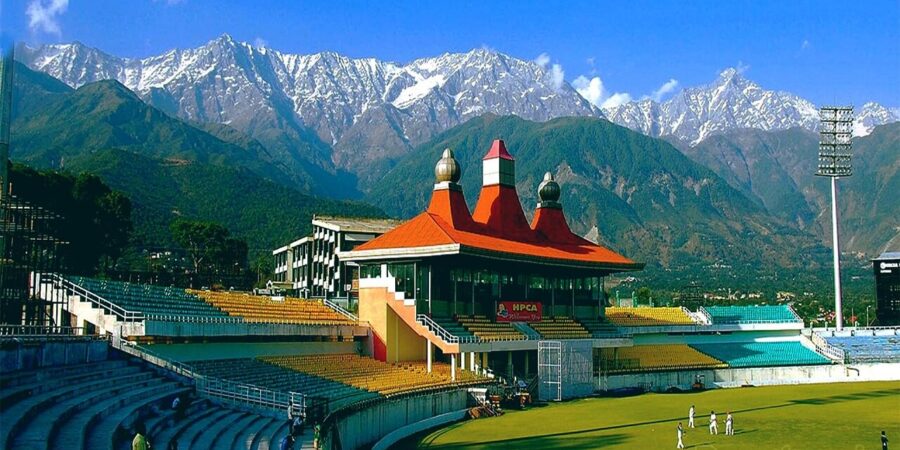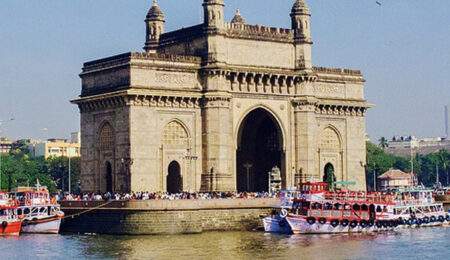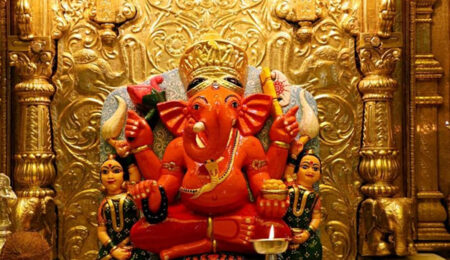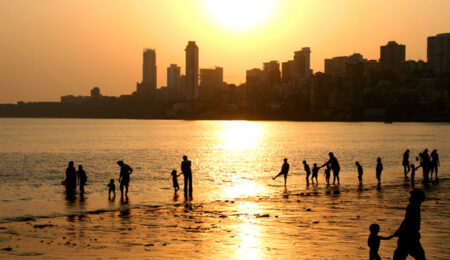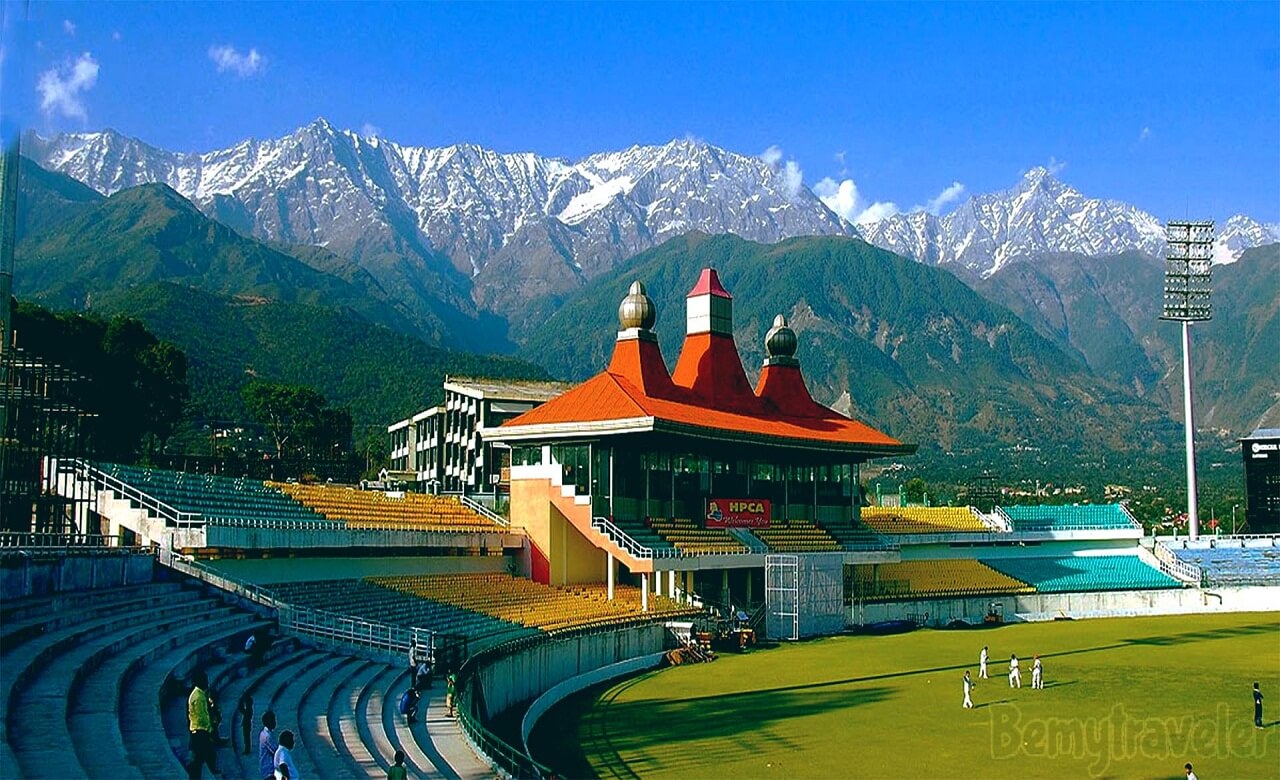 The “Scotland of India” is one of the 80 hills resorts established by the British. It is set elegantly on the spur of the Dhauladhar range and the snow line easily accessible as compared to other hill resorts. McLeod Ganj and Forsyth Gan, the suburbs of Upper Dharamshala still retain the British flavor, while the Lower Dharamshala is a busy commercial center. It is known for being the headquarters of His Holiness the Dalai Lama and referred to as the “Little Lhasa in India”.
The “Scotland of India” is one of the 80 hills resorts established by the British. It is set elegantly on the spur of the Dhauladhar range and the snow line easily accessible as compared to other hill resorts. McLeod Ganj and Forsyth Gan, the suburbs of Upper Dharamshala still retain the British flavor, while the Lower Dharamshala is a busy commercial center. It is known for being the headquarters of His Holiness the Dalai Lama and referred to as the “Little Lhasa in India”.
War Memorial (3 kms.): It lies near the entry point of Dharamshala and was erected in memory of the post-independence war heroes of Himachal Pradesh.
Kangra Art Museum: It exhibits rich art and crafts of the Kangra Valley.
St. John’s Church (7 kms.): The church on the road between McLeod Ganj and Forsyth Ganj has a memorial of Lord Elgin, one of the Viceroys of India.
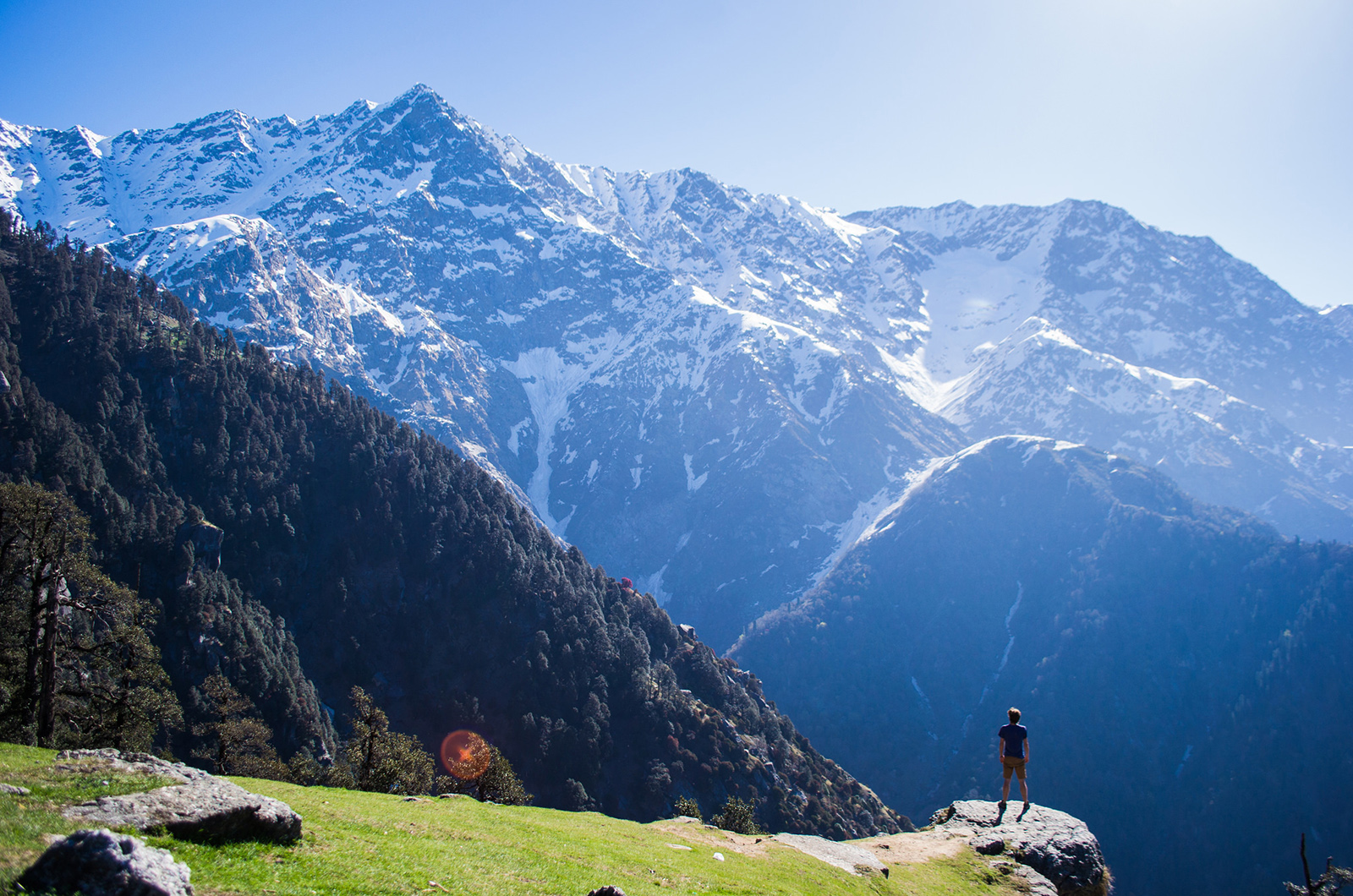 McLeod Ganj (9 kms.): It is the headquarters of HH the Dalai Lama. Places worth seeing are the Monastery, Tibetan Institute of Performing Arts, and Tibetan Handicraft Centre. There is a large presence of the Tibetan community and McLeodgan; te 2rms with Tibetan restaurants, antique and curio shops.
McLeod Ganj (9 kms.): It is the headquarters of HH the Dalai Lama. Places worth seeing are the Monastery, Tibetan Institute of Performing Arts, and Tibetan Handicraft Centre. There is a large presence of the Tibetan community and McLeodgan; te 2rms with Tibetan restaurants, antique and curio shops.
Bhagsunag: The beautiful site 2 kms. from McLeodganj has an old temple and water spring. About 0.5 kms. from here is the spectacular Bhagsunag waterfall.
Dal Lake: The pretty lake amidst a forest of Deodar is 2 kms. from McLeodganj.
Around Dharamshala
Chamunda Devi Temple (16 kms.)
The famous temple is on the banks of river Baner with Dhauladhar in the backdrop. On the rear side is a sacred Shivalinga.
Kangra (17 kms.)
The historic town set on the confluence of the Bener and Majhi streams overlooks the torrent of the Banganga river. This capital of the Kangra rulers attracted many invaders. It was conquered by the forces of Jahangir in 1620 and was re-captured by Raja Sansar Chand Katoch in the 18th century. Kangra is famous for its temples, fort, and paintings.
Nagarkot (3 kms.): The fort mostly in ruins withstood the onslaught of the forces of Mahmud of Ghazni and Mughal emperor Jahangir. The earthquake of 1905, almost ravaged the fort. The splendid view from its ramparts is truly awesome.
Brajeshwari Devi Temple: The shrine noted for its legendary wealth was invaded in 1009, by Mahmud of Ghazni. It is said that he looted the rich treasures of the temple. The earthquake of 1905, destroyed the shrine and was rebuilt in 1920.
Jwalamukhi Temple (30 kms.)
This unique shrine of Jwalamukhi, the goddess of the flaming mouth’ is one of the most important pilgrim centers of northern India. There is no idol in the shrine and an eternal flame rising from the rocky sanctum is worshipped here. The ‘Shaktipeeth’ is believed to be the site where the tongue of Goddess Sati, the consort of Lord Shiva fell.
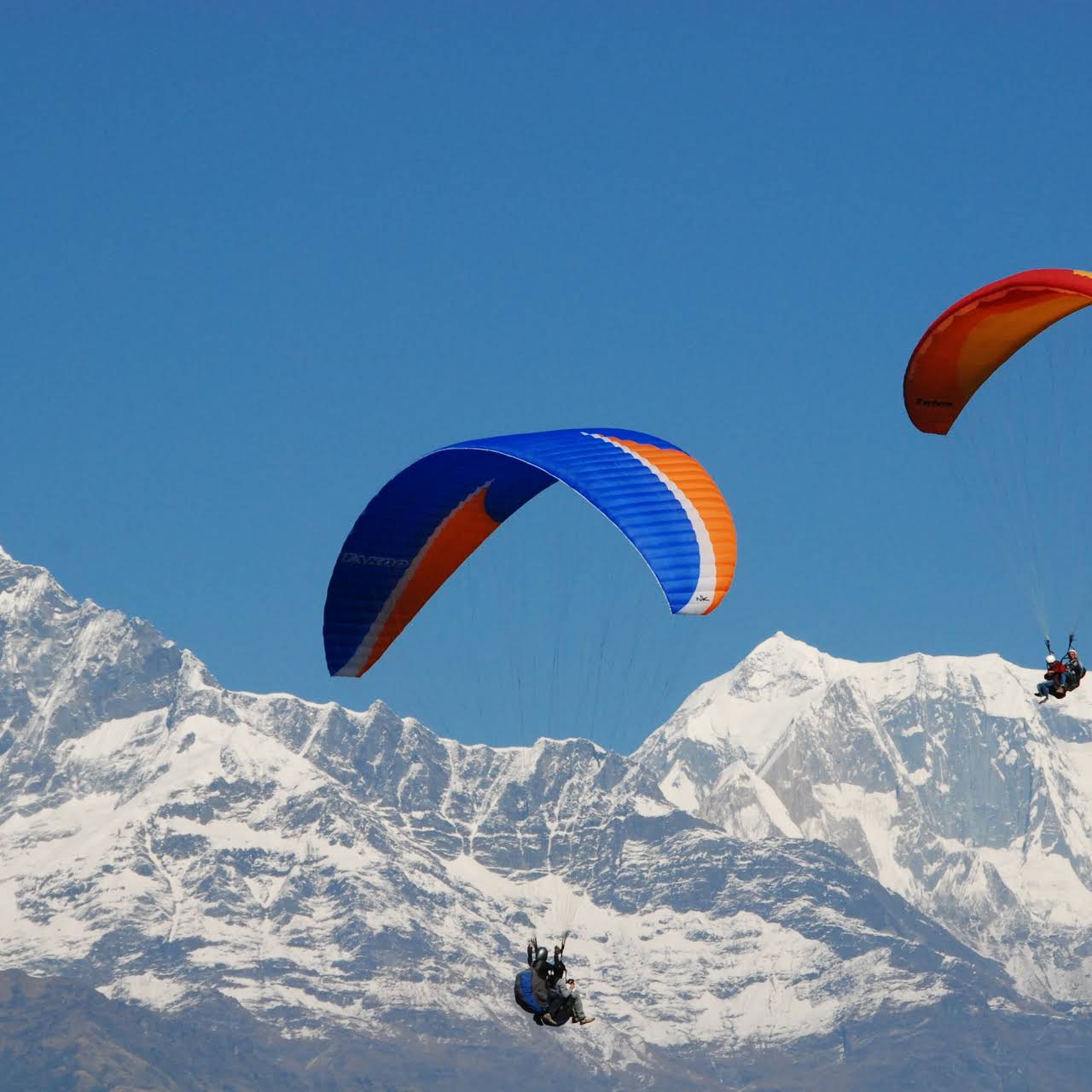 Palampur (35 kms.)
Palampur (35 kms.)
Picturesque Palampur set amidst tea plantations and pine trees are endowed with exceptional scenic beauty and bracing climate.
Baijnath (16 kms.): The sacred shrine built-in ‘Nagari’ style is dedicated to Lord Shiva as Vaidyanath, the ‘Lord of Physicians’. The Shivalinga enshrined within the sanctum is said to be one of 12 jyotirlingas in India. A large fair is held here on the Shivaratri festival.
Nurpur (66 kms.)
It is known for an old fort, a temple of Brij Raj and Nurpuri shawls. Jahangir named the town after his wife Nurjahan.
|
After Post Contents [Code BL 05] – Full width x 125 px |

